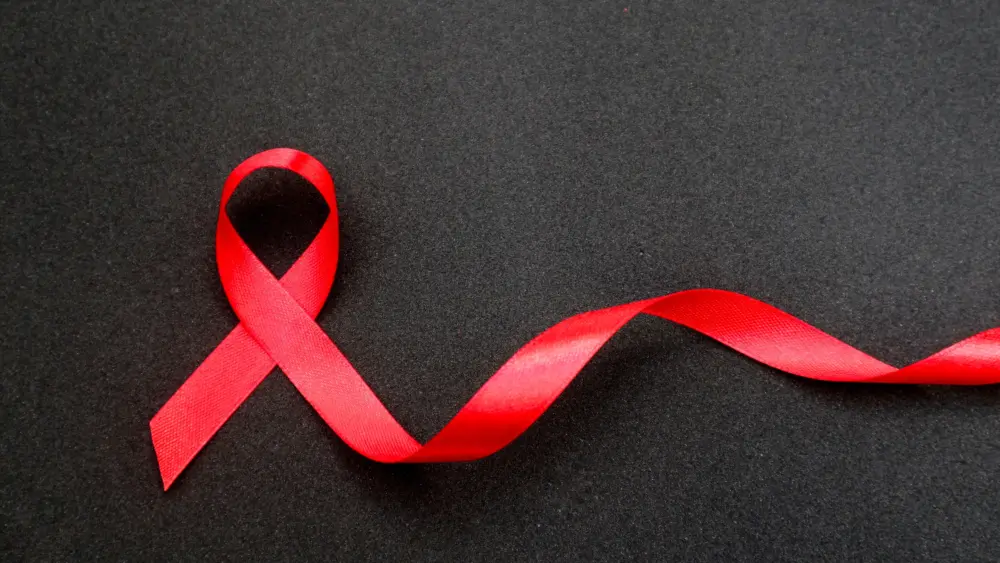One could argue that Napa Valley became known as a world-renowned wine and grape growing region when it “got on the map” as an American Viticultural Area (AVA) in 1981. But many battle lines have been drawn since then over the official delineation of subappellations, as growers, vintners and wineries duke it out for their slice of the Napa Valley pie. Memories of Calistoga’s six-year battle still linger, a fight that necessitated multiple trips to the nation’s capital to lobby the cause. While few could dispute the uniqueness of the region’s terroir, it was the “if it isn’t our grapes in the bottle, it shouldn’t be our name on the label” controversy that caused this particular battle to rage on so long.
As a Calistoga resident, I supported the cause, but have to wonder: At what point does the continued separation of the Napa Valley AVA threaten to dilute the brand we fought so hard to win? Perhaps more important, when do we risk outsmarting the very consumers we rely on to sustain us? Sure, many locals are familiar with the levels of distinction across our small stretch of the wine world, but does anybody outside Napa Valley know or care that Coombsville landed its gold star AVA status while Pine Mountain-Mayacmas (status pending at press time; purposely spelled with the U.S. Geological Survey name as opposed to the more common Mayacamas) still fights for its? When is enough enough?
It depends on whom you ask. The Alcohol and Tobacco Tax and Trade Bureau (TTB), as governing body over what is and isn’t awarded this Holy Grail status, depicts AVAs as ammunition for, as its site claims, “Vintners to better describe the origin of their wines and to let consumers better identify wines they may purchase.” Sounds good in theory, but is it reality? Some argue that one of the greatest benefits of an AVA is in educating consumers, while others counter that the continuous addition of subappellations creates buyer confusion. The Napa Valley Vintners hasn’t been bashful in voicing its concerns as it relates to potential consumer confusion in the case of Pine Mountain-Mayacmas.
I polled some East Coast consumer wine buyers, including my investment banker brother, whose cellar is valued at more than $100,000. As a lucky recipient of his grape-soaked juice, I was interested in learning where he landed on the debate. To my surprise, absolutely nowhere. Napa and Sonoma aside, he had no idea what AVAs were. Frustrated by my persistence, he ended the conversation with a terse, “When I shop for wine, I make decisions based on familiarity with the winery, wine or winemaker.”
Beyond intrigued, I asked another oenophile, who’s been coming to the valley for the last two decades and buying abundant levels of quality wine. While he was familiar with some of the more common AVAs, he also buys based on familiarity with the winery or vintner. He drew a connection between what we were doing and what the Burgundy region had already done. As a businessman, he saw how AVAs could translate into dollars and, in that respect, saw the value. He closed by summing up our plight as yet another way for Napa to imitate the French, spoken in between sips of his favorite Howell Mountain Cabernet.
A cause worth fighting for
Maybe the subappellation wars of today can be distilled down to whether or not a region’s name is worth fighting for. Consider the hoop jumping during Napa Valley’s groundbreaking AVA mission, which included a trip to the Supreme Court to protect the “supremacy” of our name. If current day congestion and tourism is any indicator, it was a battle worth waging. But like the maturation of the vines themselves, the fruits of an AVA may take decades to bear.
“Winning an AVA is just the start,” says Kirk Venge of Calistoga-based Venge Vineyards. “Both consumers and critics need to agree the AVA is indeed special and of high enough quality to favor consumer attention. It’s up to the growers and winemakers sourcing from that AVA to show the public just how good their piece of the Napa Valley is. Oakville, Rutherford and Spring Mountain have done a great job at promoting their respective AVAs. Calistoga is in its infancy and will need some time to tell the consumer world its story.” Time indeed. It took Napa Valley more than 20 years to fully exploit its AVA status.
Ask a grower and the answer is as diverse as the subappellations themselves. “Wineries are always in need of any marketing advantage, due to the incredible number of choices consumers have,” says Jon Dodge, a grower for 40 years, 32 in Napa Valley, and founder of Polaris Vineyard on Howell Mountain. “In fact, back in the 1970s and 1980s, the job at hand was to pitch the Napa Valley brand name and earn the reputation we now all benefit from. Even now, the wider wine-buying public recognizes the Napa name first and foremost and, consequently, it’s on every bottle, whether it’s from any other AVA as well.”
Assuming education and marketing efforts in support of a new appellation are clear and streamlined, the rigmarole associated with winning an AVA could be warranted as a means of quality control that consumers reap the benefits of in the bottle. Perhaps, best summed up by Venge, “You can have an OK vineyard and a legendary vineyard right next door to each other in any AVA of Napa Valley or the world. What makes the difference is the grape grower who plans the vineyard, studies the soil, manages the vines and strives to produce the best possible fruit the site has to offer. Anything less will show up in the quality of wines produced and will show large differences that speak louder than the campaign of one AVA.” At last, a point that everyone I spoke with could agree upon.
-
Christina Julian left Los Angeles and a career in advertising to sip and swirl for a living in Napa Valley, where she vowed to make wine and the discussions around it, more approachable. She’s covered everything from arts and entertainment to travel and leisure but remains true to her own words as a wine and food writer for The Infatuation. NorthBay Biz was one of the first regional publications she wrote for when she landed here more than a decade ago, and she’s never looked back. Learn more at christinajulian.com.
View all posts




